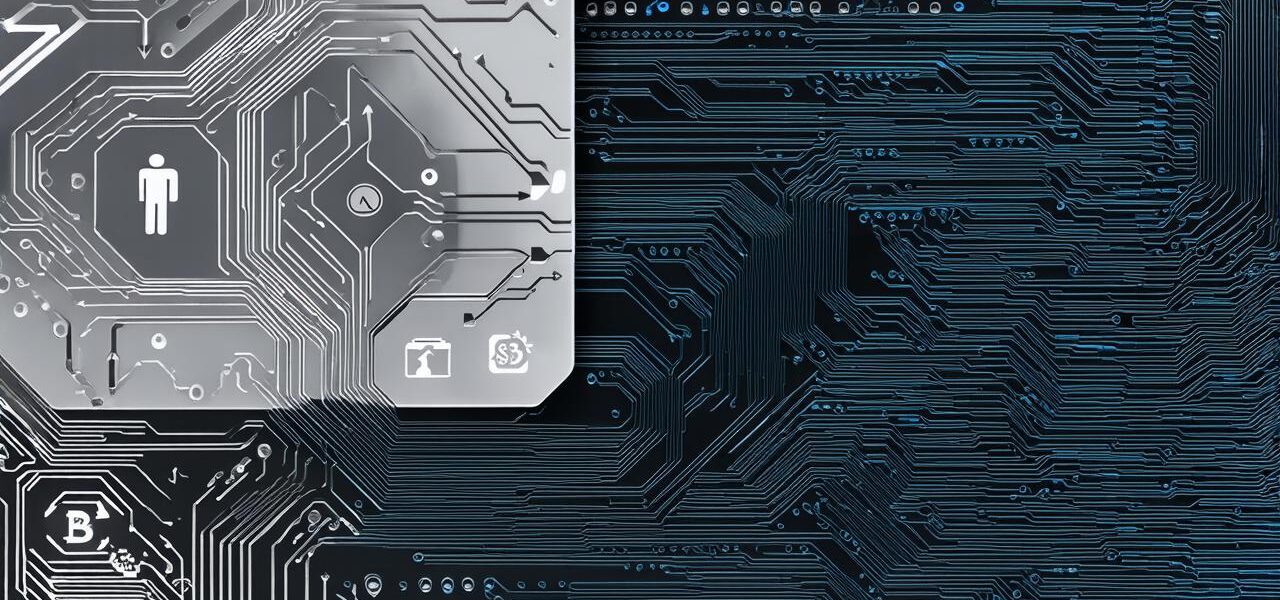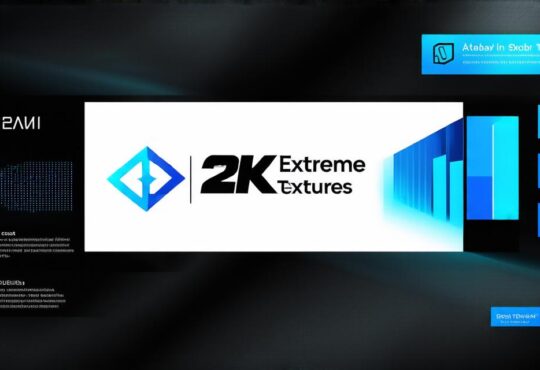
Essential Guide to Blockchain Development
Blockchain technology is gaining immense popularity worldwide, and more people are becoming interested in it every day. It’s no surprise that many want to learn about blockchain development to understand how it works and potentially create their own blockchain-based solutions. In this article, we will provide a comprehensive guide to blockchain development, covering everything from the basics of blockchain technology to practical applications.
What is Blockchain Technology?
Blockchain technology is a decentralized, distributed ledger system that records transactions in a secure and immutable way. It was created in 2008 with the launch of Bitcoin, but its potential goes beyond cryptocurrencies. Blockchain technology can be used in many other industries such as supply chain management, healthcare, and finance.
Key Components of Blockchain Technology
Blockchain technology has several key components that make it work effectively:
- Distributed Ledger: A distributed ledger is a database that stores all transactions on multiple computers. It ensures that everyone on the network has access to the same data, eliminating the need for intermediaries like banks.
- Consensus Mechanism: The consensus mechanism is the process by which nodes (computers participating in the network) agree on which transactions should be added to the blockchain.
- Cryptography: Cryptography is the method used to secure the data stored on the blockchain. It uses public-key cryptography to ensure that only authorized parties can access the data.
- Blocks and Nodes: A block contains a set of transactions, and a node is a computer that stores a copy of the entire blockchain.
Blockchain Development Process
Now that you have an understanding of what makes blockchain technology work, let’s discuss the process of developing a blockchain. Here are the steps to follow:
- Identify the Problem: The first step in blockchain development is identifying the problem you want to solve. This could be anything from creating a more secure and efficient payment system to improving supply chain management.
- Define the Requirements: Once you have identified the problem, you need to define the requirements for your blockchain solution. This includes determining the type of data that will be stored on the blockchain, the consensus mechanism, and the cryptography method.
- Design the Architecture: The next step is to design the architecture of your blockchain solution. This involves creating a blueprint of how the blockchain will function, including the nodes, the data structure, and the consensus mechanism.
- Develop the Code: Once you have designed the architecture, it’s time to develop the code for your blockchain solution. This includes writing the smart contracts that define the rules for the blockchain and implementing the cryptography method.
- Testing and Deployment: After developing the code, you need to test it thoroughly to ensure that it works as intended. Once testing is complete, you can deploy your blockchain solution on a public or private network.
Real-life Examples of Blockchain Development
Here are some real-life examples of blockchain development in action:
- Ethereum: Ethereum is a decentralized platform that enables developers to build and deploy applications using smart contracts. It has been used for creating decentralized finance (DeFi) applications, supply chain management, and more.
- Hyperledger Fabric: Hyperledger Fabric is an open-source blockchain framework developed by IBM. It has been used in various industries like banking, healthcare, and logistics to create secure and efficient systems.
- Corda: Corda is a blockchain platform designed for enterprise use cases. It has been used in industries such as finance, supply chain management, and identity verification.
Blockchain Development Tools and Resources
If you’re interested in developing blockchain solutions, here are some tools and resources to get started:
- Remix: Remix is a web-based platform for developing smart contracts on the Ethereum blockchain. It provides a user-friendly interface and debugging tools.
- Truffle: Truffle is a development environment for building smart contracts on the Ethereum blockchain. It includes tools for testing, deployment, and management of smart contracts.
- Ganache: Ganache is a local blockchain that allows developers to test their smart contracts without interacting with the main Ethereum network.
- BlockGeeks: BlockGeeks is a comprehensive resource for learning about blockchain technology. It includes tutorials, articles, and courses on various aspects of blockchain development.
- ConsenSys Codefi: ConsenSys Codefi is a platform that provides tools and resources for building decentralized applications using Ethereum and other blockchains.
FAQs
Here are some frequently asked questions about blockchain development:
Q: How do I get started with blockchain development?
A: To get started with blockchain development, you need to have a basic understanding of the technology and choose a platform (such as Ethereum) to build your solution. You can then use tools like Remix and Truffle to develop and test your smart contracts.
Q: What are some common challenges in blockchain development?
A: Some common challenges in blockchain development include ensuring security, scalability, and interoperability with other systems. Additionally, regulatory hurdles and the lack of standardization can also be obstacles.
Q: Can I develop a private blockchain for my organization?
A: Yes, it’s possible to develop a private blockchain for your organization using tools like Hyperledger Fabric and Corda. This allows you to create a secure and efficient system that is tailored to your specific needs.
Summary
Blockchain technology has the potential to revolutionize many industries, and developing a blockchain solution can help organizations solve complex problems and gain a competitive advantage. With the right tools and resources, anyone can get started with blockchain development and create their own innovative solutions. Remember that development is an iterative process, and it’s essential to test your solution thoroughly before deploying it on a public or private network.



